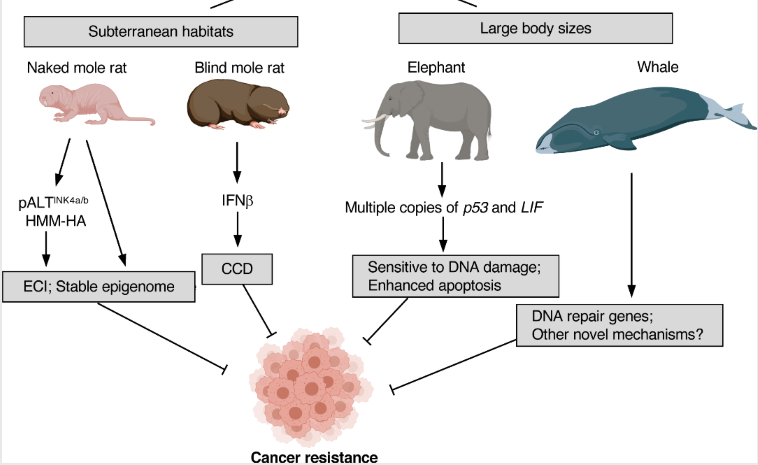Courtesy of Mother Nature Series: The Blind mole-rat, edition 2

Their attention-grabbing abilities don’t end at precise magnetic orientation. Their auditory system is adapted for non-vocal, i.e. vibrational or seismic communication. Let’s learn more about the amazing blind mole-rat!
Truly phenomenal abilities
Vibration signals are transmitted through the soil in which they are located, and they are produced by hitting the ceiling of the tunnel with their heads, and these signals can travel up to 10 m, or even more in some situations.
In its patrolling of the tunnels, the animal also takes regular breaks of equal duration so that during the break it can concentrate on the vibrations that may be coming from the environment.
The receiver of the vibrations is the jaw resting on the floor of the tunnel, or the paws themselves, and it has been noticed that they make these pauses to listen for vibrations mainly at the junctions of the tunnel, which definitely has its own logic.
The width of the tunnel is always equal to the width of their body and this is also not without reason. The fur itself is also a sensor of a large area, and by combing the ground passing through the tunnel, vibrations are detected, and the individual has a better orientation in which part of the tunnel it is located.
This ability was tested, they did much worse in tunnels that were twice the width of their hull.
Incredible evolution
An adult blind mole-rat is 20-25 cm in size and can weigh from 100 to 500 grams. Its body is cylindrical, and it digs the ground with its teeth while using its legs to push the soil out.
This cool animal feeds exclusively on plant food, and apart from the roots of wild plants in nature, it feeds on potatoes, onions, carrots and more or less all vegetables found in the soil.
Today they inhabit the territory of Bulgaria, Albania, Bosnia and Herzegovina, Croatia, Greece, Hungary, North Macedonia, Romania, Serbia, Montenegro, Turkey and Ukraine.
Its close relative, the Middle Eastern blind dog (spalax ehrenbergi) can be found in Egypt, Israel, Jordan, Lebanon, Libya, Syria and Turkey.

The blind dog is a remarkable type of mammal that is able to survive in underground galleries where the oxygen level is only 7%. For the sake of comparison, the normal amount of oxygen in the air we breathe is about 21% and the minimum concentration that a person can tolerate is about 19.5%.
On the other hand, this species is perfectly adapted to underground conditions with a high carbon dioxide content.
In the wild, their lifespan is somewhat shorter, and in captivity there were specimens that lived over 20 years, which is even ten times longer than the lifespan of mice or rats of similar size.
Like their distant African relatives, they are extremely resistant to the formation of tumors and studies have shown that one of the reasons could be a lower rate of protein turnover in the body. This in turn reduces the damage caused by the reactive oxygen species produced in this process.
A more famous and distant relative of this species present in Europe is the naked blind mole-rat (heterocephalus glaber), which inhabits a narrow area in eastern Africa. This species lives in a community, similar to how ants or bees do and completely atypical for mammals.
Cubs are born only by the queen mother, while the rest have the function of laborers and soldiers. However, the most fascinating thing about them is their longevity and the fact that the cardiovascular system and muscles do not show significant deterioration due to age, and they can live up to 30 years, which is an enviable lifespan for rodents.
Their extraordinary ability is the fact that they are immune to tumors and practically do not feel pain! Due to these characteristics, they have long been the subject of investigation and study.
Stay tuned to learn more about other fascinating creatures in the next part of our Courtesy of Mother Nature Series!

